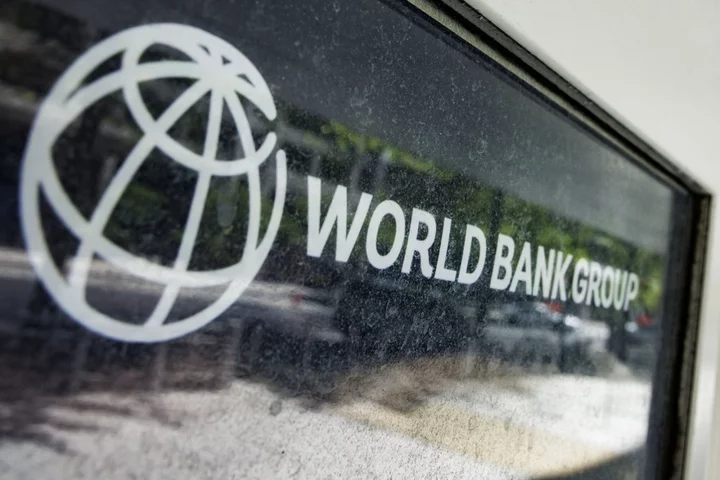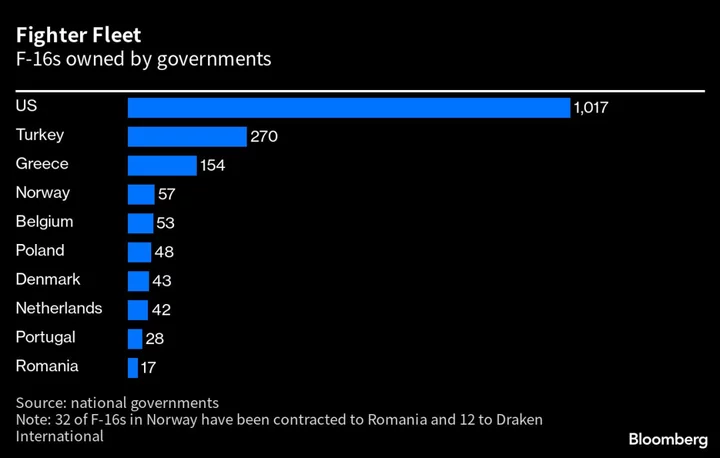Saudi Arabia’s economic output is expected to contract this year as a series of oil-supply cuts pose a risk to the kingdom, according to the World Bank.
Gross domestic product in the OPEC+ member is now seen shrinking 0.9% this year, according to the World Bank’s latest economic update for the region. That’s a downward revision from the bank’s estimate in May, which saw the kingdom’s economy growing 2.2%.
Saudi Arabia was the fastest-growing economy in the Group of 20 club of countries in 2022.
Analysts including Bloomberg Economics also forecast the economy will contract in 2023 because of the production cuts, designed to boost oil prices. Saudi Arabia has dropped crude output to 9 million barrels a day, almost 1 million barrels below its average for the past decade, and seems likely to extend them until at least the end of this year.
Those cuts helped bush Brent close to $100 a barrel late last month. But it’s since dropped below $85 a investors fret about the outlook for the global economy, with high interest rates expected to weigh on demand.
Saudi Budget’s Back to Old Ways as Oil Habit Proves Hard to Kick
Economic growth in the wider Middle East was also revised down by the Washington-based lender, which now sees it at nearly 2% in 2023, down from an earlier estimate of 3% in April.
“The 2023 forecast has been further revised downward in the past 12 months following the oil-production cuts announced by OPEC+ in October 2022 and April 2023, and the additional cuts announced by Saudi Arabia in June 2023,” according to the report.
Saudi Oil Cuts Throw Last Year’s Standout Economy Into Slow Lane
Oil flows remain crucial to the Saudi economy, despite diversification efforts proposed by Crown Prince Mohammed Bin Salman in 2016 as part of his Vision 2030 plan. The commodity made up 80% of exports in 2022, rising to 93% when chemicals and plastics, mostly derived from crude, are included, according to Bloomberg Economics.
(Updates with previous economic growth estimates starting from second paragraph.)









